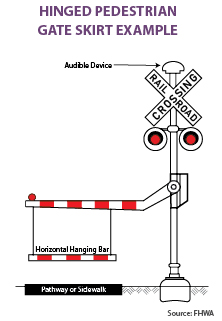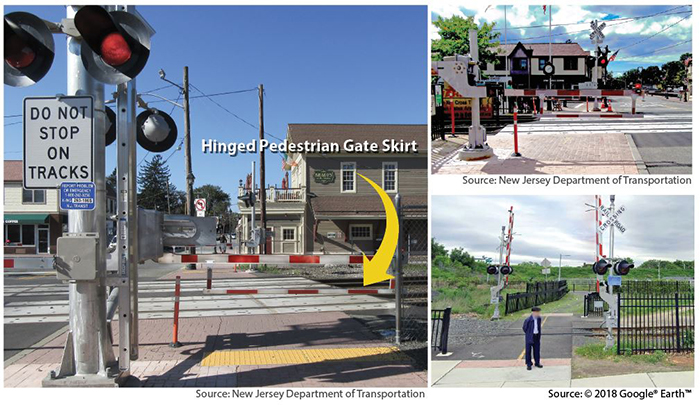Milwaukee Avenue Rapid Delivery Approach – Chicago, Illinois
Vision Zero Success Story – Planning, Implementation, & Evaluation
Background
Chicago’s Vision Zero Action Plan identified 43 High Crash Corridors, which are corridors where a disproportionately high number of people have been killed or severely injured in traffic crashes. The Chicago Department of Transportation (CDOT) adopted a Rapid Delivery approach to provide a better response to the community and quickly address road safety concerns for specific corridors. This approach uses low-cost, rapidly implemented countermeasures including new street markings, signage, colored pavement treatments, and flexible delineators.
In 2017, CDOT piloted the implementation of the Rapid Delivery approach on the Milwaukee Avenue High Crash corridor, a 1.5-mile segment between Western Avenue and Division Street. This project was designed to enhance the safety of the corridor for people walking, biking, riding transit, and driving. Based on crash data collected from 2010 to 2014, there were 1,097 reported crashes. People walking and biking accounted for 20 percent of all crashes, however these more vulnerable users represented 66 percent of the injury crashes and 68 percent of the serious injury crashes in the corridor.


